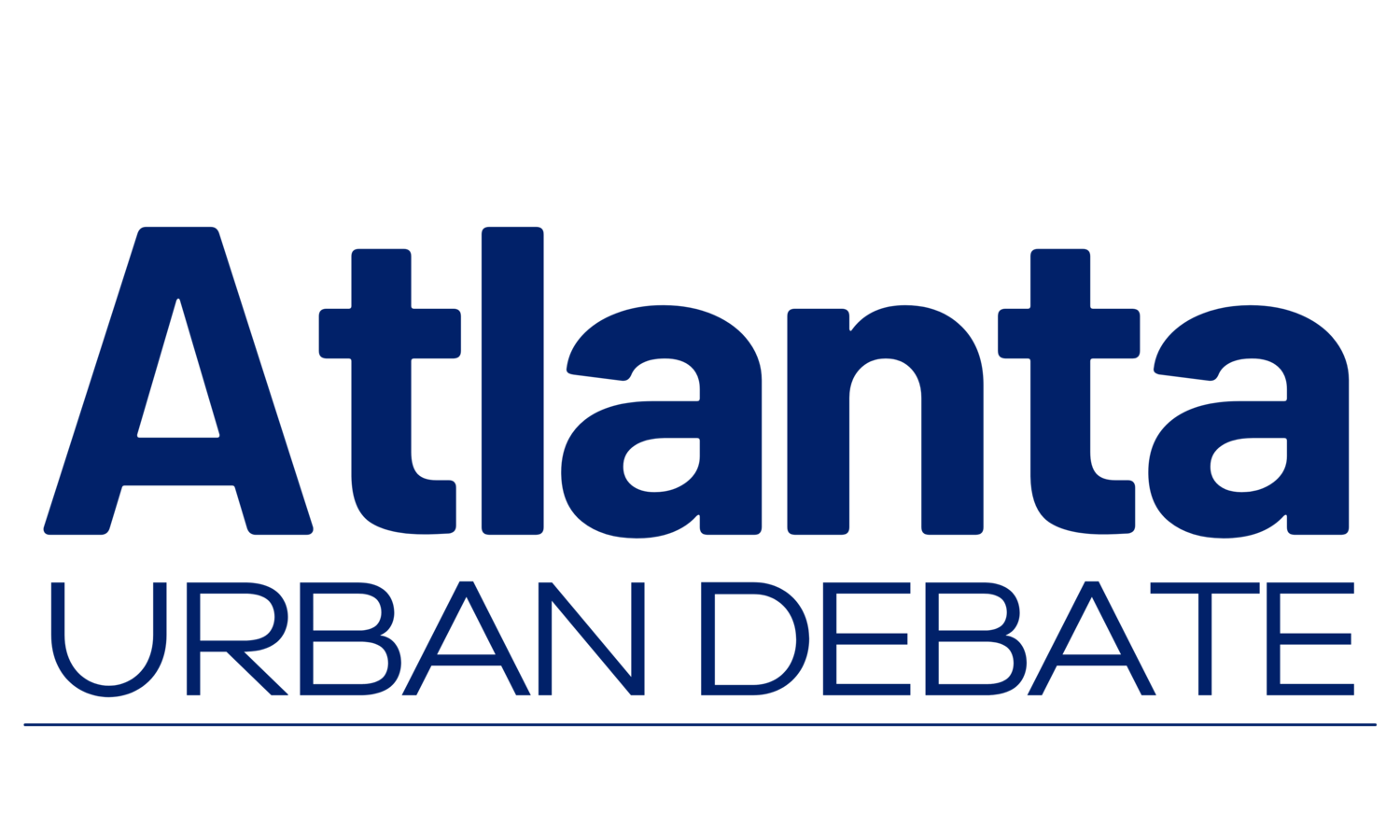The Atlanta Urban Debate League is committed to providing excellent debate education programs, services, and opportunities to diverse students, educators, and members of the community!
Body Paragraphs
Body paragraphs are the substance to your speech. They’re the perfect spot for you to showcase your writing and research skills. Start with the content below to get started!
Structure breakdown
Topic sentence. A one sentence statement of the main point presented in the contention.
Assertion. An assertion is the basic point you’re trying to make. It should be short and clear – if someone only hears this part of your argument, they should have a good idea what it’s about.
Reasoning. The reasoning supports your assertion. It provides some logic to suggest that what you’ve claimed is true, and it should be convincing to the judge.
Evidence. The facts that back up your assertion and reasoning. The best evidence comes from experts who cite statistics, past examples, or other hard realities about the world. You’ll have plenty of evidence to work with in your evidence packets and can easily find more on Google, Google Scholar, and other public/online libraries/databases.
Key points:
§ Must cite author (first and last name) and date (month, year)
§ Authors can be individuals or organizations.
Conclusion. A one sentence statement that summarizes the main points in the contention.
Recommendations and other considerations
A typical body paragraph at the high school level will include at least 2 iterations of the “ARE” structure.
Transitions: Once again, these go between every sentence and paragraph. While they don’t need to be explicit per se, the minimal requirement is for sentences to flow together smoothly.
It is important to remember that this is only a “structure” that is proposed. It’s perfectly fine to deviate from this structure if you believe that the contention would flow smoother.
